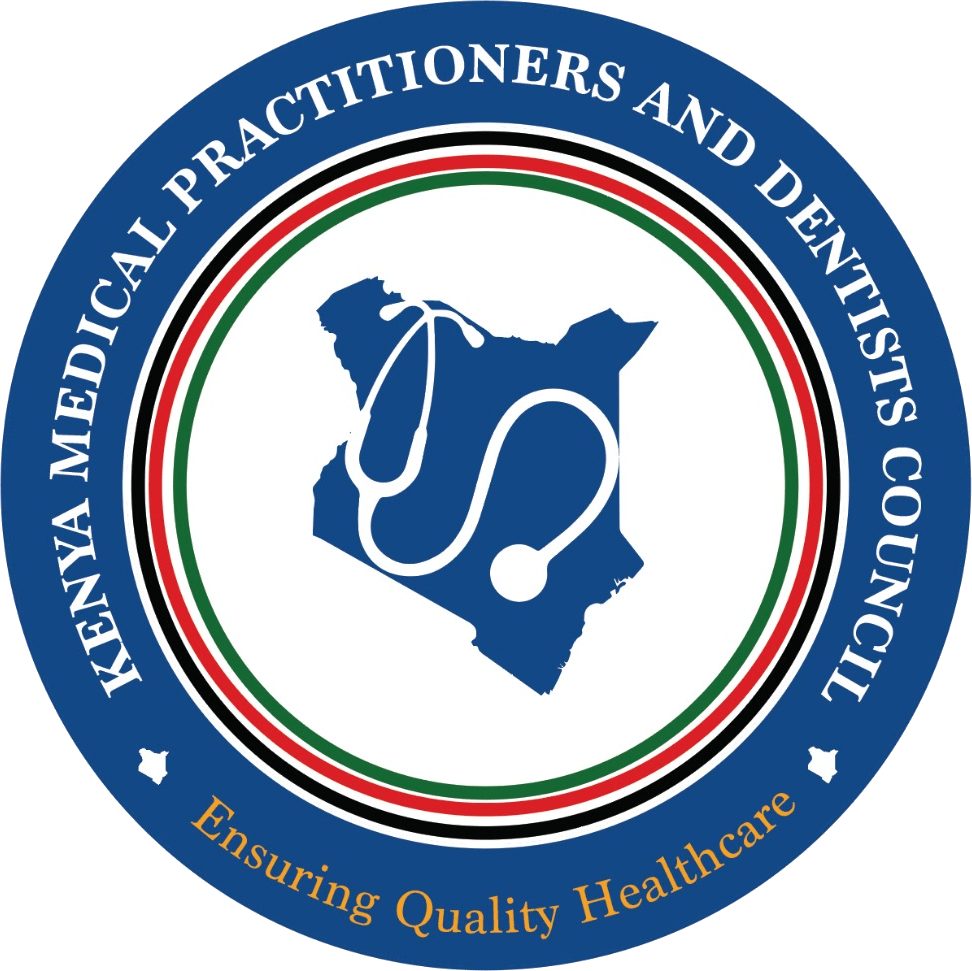May 1, 2024
Ending on:
May 31, 2024
Moderator(s):
Max Credits:
300 Points
Provider:
ST MARYS MISSION HOSPITAL
Claim Points
IHI BASIC CERTIFICATE COURSE
May 1, 2024
May 31, 2024
Description
1. Quality Improvement (QI) Courses QI 101: Introduction to Health Care Improvement Activity: Introduces the concepts of healthcare quality and improvement, including the importance of systems thinking and the principles of effective care delivery. Goal: Help learners understand the need for continuous improvement in healthcare. QI 102: How to Improve with the Model for Improvement Activity: Covers the Model for Improvement, focusing on setting aims, establishing measures, and implementing change using PDSA (Plan-Do-Study-Act) cycles. Goal: Equip participants to start and manage improvement projects. QI 103: Testing and Measuring Changes with PDSA Cycles Activity: Guides learners on how to design and measure small tests of change using PDSA cycles to refine and scale improvements. Goal: Teach effective measurement techniques in improvement projects. QI 104: Interpreting Data: Run Charts, Control Charts, and Other Tools Activity: Provides skills to analyze data using run charts, control charts, and other tools for monitoring improvement efforts. Goal: Enhance understanding of data interpretation for decision-making. QI 105: Leading Quality Improvement Activity: Focuses on leadership roles in quality improvement, emphasizing collaboration and building a culture of improvement. Goal: Develop skills to lead and sustain quality improvement initiatives. 2. Patient Safety (PS) Courses PS 101: Introduction to Patient Safety Activity: Explains the scope of patient safety issues, highlighting the impact of medical errors and strategies for prevention. Goal: Build awareness of patient safety principles. PS 102: From Error to Harm Activity: Examines how errors occur and progress to harm, focusing on system-level interventions to reduce risk. Goal: Help learners identify and address error-prone processes. PS 103: Human Factors and Safety Activity: Explores the role of human factors in safety, including ergonomic design and error-proofing processes. Goal: Enable participants to design safer systems. PS 104: Teamwork and Communication Activity: Teaches techniques for effective teamwork and communication in high-stakes environments. Goal: Foster a culture of collaboration to enhance safety. PS 105: Responding to Adverse Events Activity: Provides guidance on how to respond to adverse events with transparency and accountability. Goal: Build skills in managing and learning from adverse outcomes. 3. Additional Courses TA 101: Introduction to the Triple Aim for Populations Activity: Discusses the concept of the Triple Aim (improving population health, enhancing patient experiences, and reducing costs). Goal: Encourage system-wide thinking to achieve better health outcomes. PFC 101: Introduction to Person- and Family-Centered Care Activity: Emphasizes the importance of involving patients and families in care decisions. Goal: Promote patient-centered practices. L 101: Introduction to Health Care Leadership Activity: Covers leadership principles to drive quality improvement and safety in healthcare settings. Goal: Prepare learners to lead change initiatives effectively.

